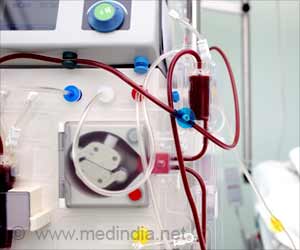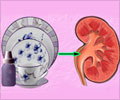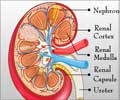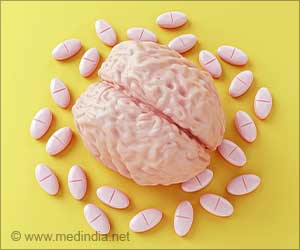Children requiring dialysis have around 55-fold death risk compared to the healthy population of the same age. But a multimodal approach can reduce the intolerably high mortality risk among pediatric and adolescent dialysis patients.

‘Nephrological care must not be limited to good dialysis treatment, but must also include factors such as exercise, nutrition, and the prevention of inflammation, anemia, and heart disease. Hence by applying a multimodal approach, intolerably high death risk can be reduced.’





If transplantation is not available as an option, the children are dependent on dialysis treatment, which is generally carried out three times a week for 4 hours. A ’normal’ childhood is barely possible in that case. The children are ill, but it is not only their quality of life that suffers but also their prognosis: Children requiring dialysis have an approximately 55-fold mortality risk compared to the healthy population of the same age. Duration of dialysis and the age at the start of dialysis are generally considered to be risk factors, but these are factors that cannot be influenced.It is highly important, therefore, to identify what other causes are behind the mortality rates and which risk factors can be influenced in order to improve the outcomes of young patients.
A study published yesterday in NDT, the official journal of the ERA-EDTA, investigated the risk factors. The authors analyzed a cohort of 363 patients under the age of 30 who had started dialysis therapy in childhood (at less than 19 years of age). 105 variables relating to demographics, HD treatment, and laboratory measurements were evaluated for their significance as predictors of 5-year mortality. A flexible machine learning approach (random forest) was used for this purpose.
The results showed that low albumin and elevated lactate dehydrogenase were the two important risk factors. However, many other factors also had an impact, including a reduced red blood cell count, hemoglobin, albumin/globulin ratio, ultra-filtration rate, z-score weight for age, or inadequate dialysis dose (spKt/V below target).
"The variety of retained risk factors probably highlights the importance of multimodal intervention strategies in addition to adequate HD treatment," explains the corresponding author, Verena Gotta, Basel, Switzerland.
Advertisement
Source-Eurekalert












